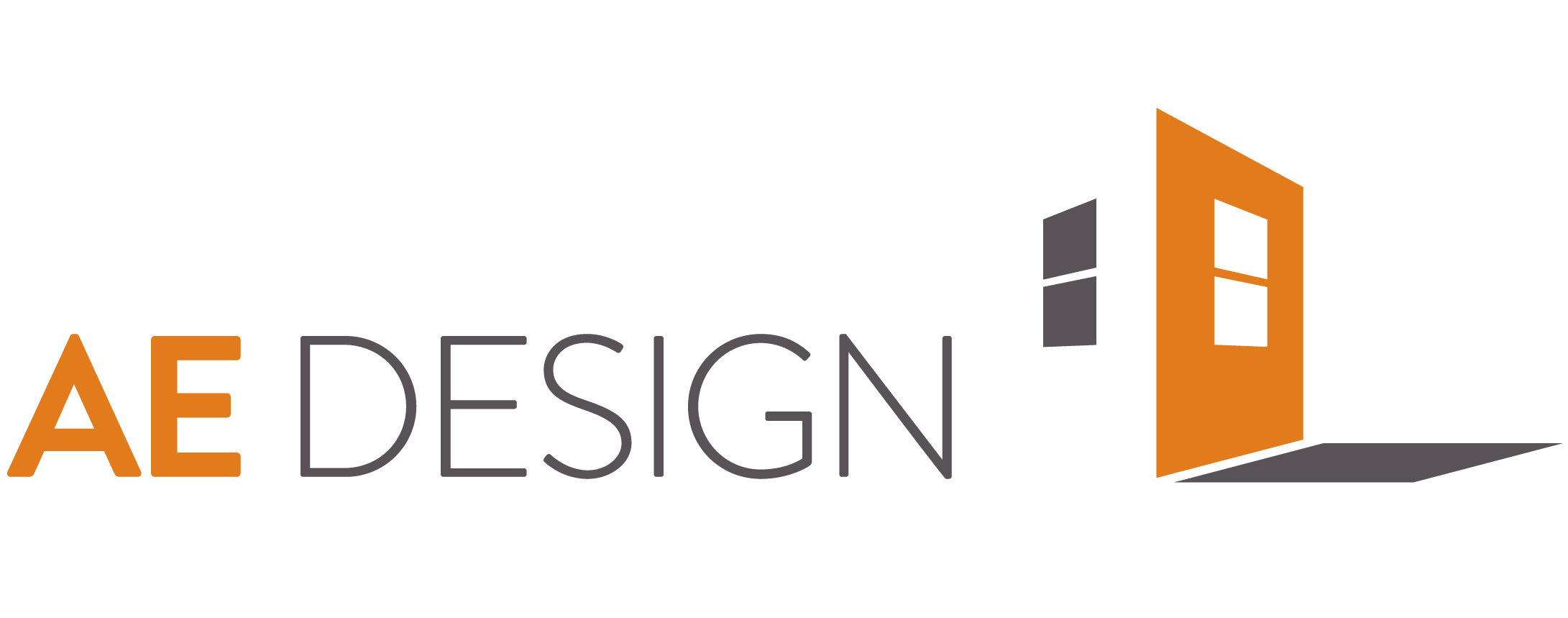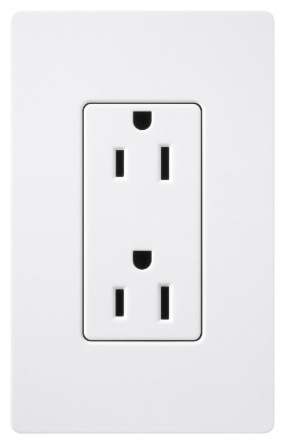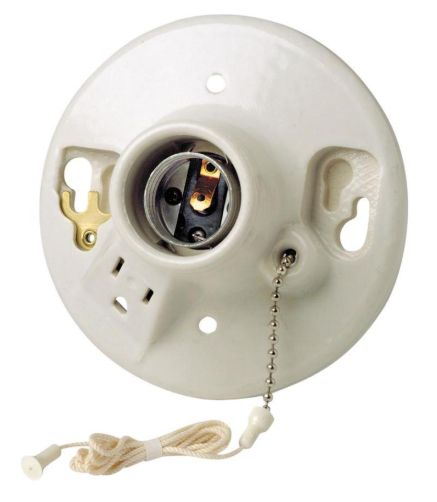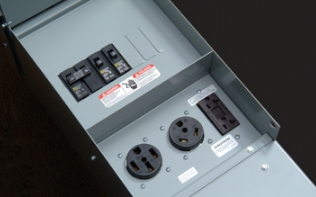Some of the Stuff You Never Thought You’d Like to Know About Receptacles
Outlet
Receptacle
Power Outlet
They may look the same, but they are different. However, we can all agree they are both fluffy.
Where can I plug in my…
…cell phone charger? …table saw? …toaster? …blow dryer?
How often do you find yourself asking some of these questions?
“Plugs” (as they are commonly called) also known as “receptacles” (as they are known to your electrical designer) hopefully fade into the background as part of a space design. It’s typically only when you’re looking for one and can’t find it close to where you need it that people think about them.
Did you know that the National Electrical Code (NEC) actually requires receptacles in specific areas of the building? Before we get into where you can be confident you can find a receptacle, let’s clarify some definitions (per the NEC):
Outlet – A point on the wiring system at which current is taken to supply utilization equipment.
Receptacle – A contact device installed at the outlet for the connection of an attachment plug, or for the direct connection of electrical utilization equipment designed to mate with the corresponding contact device. A single receptacle is a single contact device with no other contact device on the same yoke.A multiple receptacle is two or more contact devices on the same yoke.
Power Outlet – An enclosed assembly that may include receptacles, circuit breakers, fuseholders, fused switches, buses, and watt-hour meter mounting means; intended to supply and control power to mobile homes, recreational vehicles, park trailers, or boats or to serve as a means for distributing power required to operate mobile or temporarily installed equipment.
Quick rundown of the above: all receptacles are outlets, but not all outlets are receptacles.
Sure, this seems like a technicality, and most everyone will know what you mean when you say “outlet” or “plug”, but if you really want to impress an electrical designer, refer to that thing as a receptacle. Just think how embarrassing it would be to call an alpaca a llama to the alpaca rancher’s face. Call it a receptacle.
Back to where you can always expect to find a receptacle: the NEC has some very specific rules for how many receptacles are required and where, based on the space.
210.52 – Dwelling Unit Receptacle Outlets
First example: 210.52 – Dwelling Unit Receptacle Outlets – for any length of wall greater than 2’ long that’s in a kitchen, family room, dining room, living room, parlor, library, den, sunroom, bedroom, recreation room, or similar room or area of dwelling units, there has to be a receptacle installed. Along with that rule, there must be a receptacle every 12’ feet. '
“Why?” do you ask? Because consumer devices typically have a cord length of 6’, so that means that no matter where along the walls in your dwelling unit, you should be able to position your ________ (lamp, water fountain, digital alarm clock)!
Some similar rules apply to countertops in kitchen areas, but you’ve already witnessed one full NEC explanation, so we’ll save countertops for another time.
Other code-required receptacles in dwelling units aren’t as complicated:
there has to be at least one receptacle in each bathroom
at least one receptacle in each laundry room
at least one exterior receptacle at the front and back of a dwelling
at least one receptacle for each vehicle bay of a garage
along with a few others.
If you’re looking for a receptacle in a commercial setting, the NEC isn’t quite as helpful. Receptacles are required in show windows (think mannequins along 5th Avenue), near heating, air-condition, and refrigeration equipment, and in electrical rooms. Only recently (the 2017 edition), did the NEC start requiring more receptacles in meeting rooms. The rules for these meeting room receptacles are as complex as listed above, so stay tuned for another post dedicated to that topic.
While you may know a lot more about receptacles than you ever knew you wanted, don’t ever worry about trying to get all the NEC rules straight: that’s our job and we’re proud to be experts. Whether locating receptacles in just the right spot, or looking out for upcoming trends (USB-C for rapid charging, receptacles controlled by occupancy sensors), you can trust that the engineers at AE Design have you covered.
If you have any questions about the NEC, plugs, outletes, alpacas, or llamas, please reach out to Mitch Hanson, Project Manager.




